Ahmet, our Turkish tour leader, took us to see the old Istanbul City. We visited the Hippodrome, the Sultan Ahmet Imperial Mosque (also known as the Blue Mosque), and Topkapi Palace. Later, we visited the Roman cistern under the city and then visited the Spice Bazaar. Late afternoon, we went up the Bosporus.
Emperor Justinian
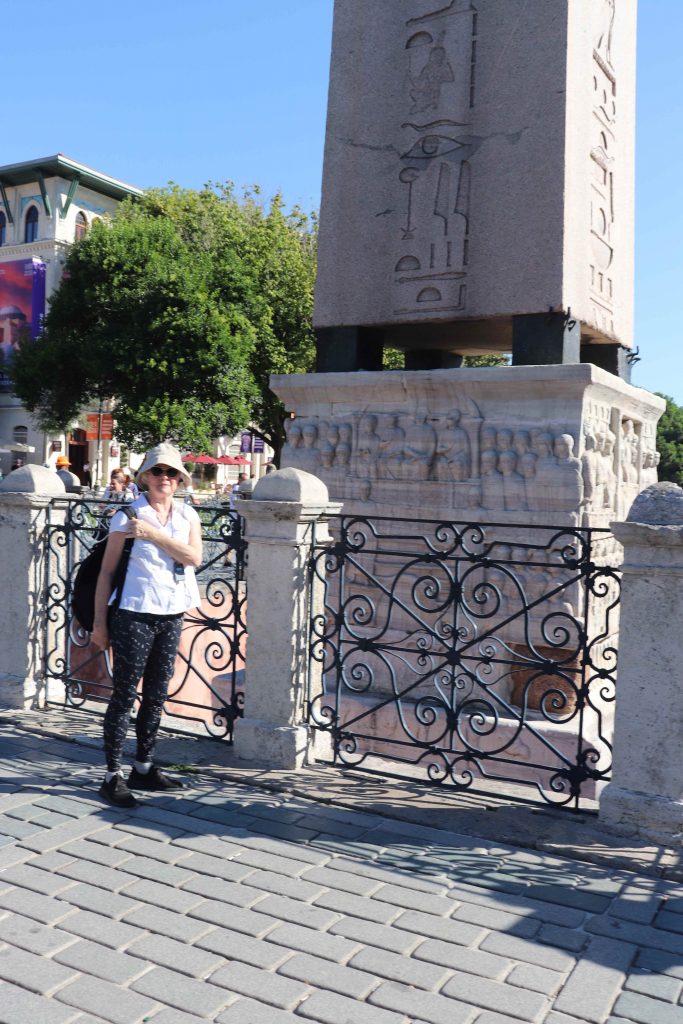
Dedrie is in denial after hearing that she stood on the place where the scheming Justinian and Theodora killed 30000 rebels!
Blue Mosque
We visited the Blue Mosque – a ‘must visit’, according to friends in Melbourne! We had to remove shoes and put on appropriate headgear! We both knew that we had to be very respectful, not like when we mistook the Muslim Prayer Room at the airport for toilets—much to the incumbent’s disgust!
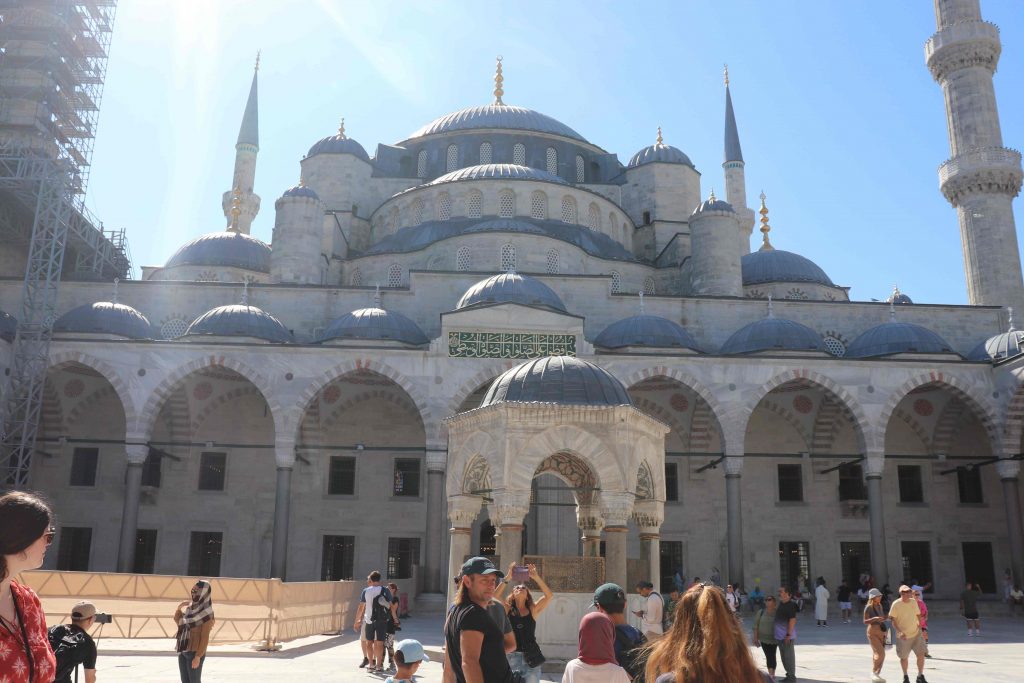
The Blue Mosque—magnificent because of the interior decoration of blue Iznik Tiles
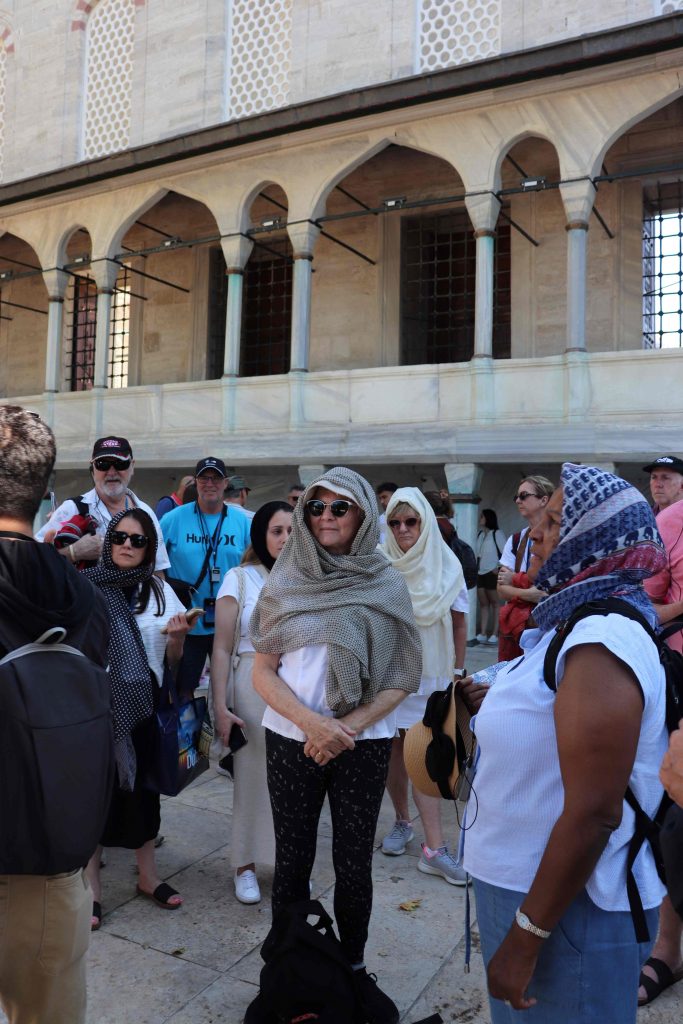
We observed the dress code—under supervision!
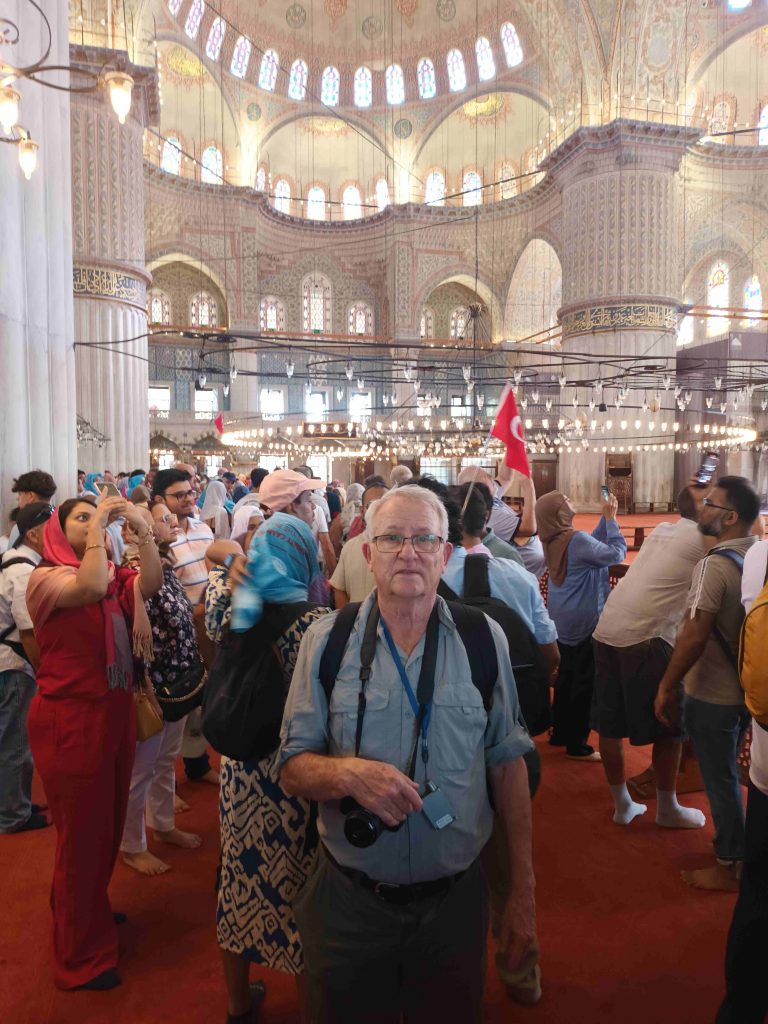
Mosques —all were ornate and exquisite inside!
Cats and dogs
Wherever we went, cats and dogs met us along the way! They are given entire board, lodging and health care by businesses, imams, shop owners, and hotel employees. They have a good life and well cared for by the Muslim community.
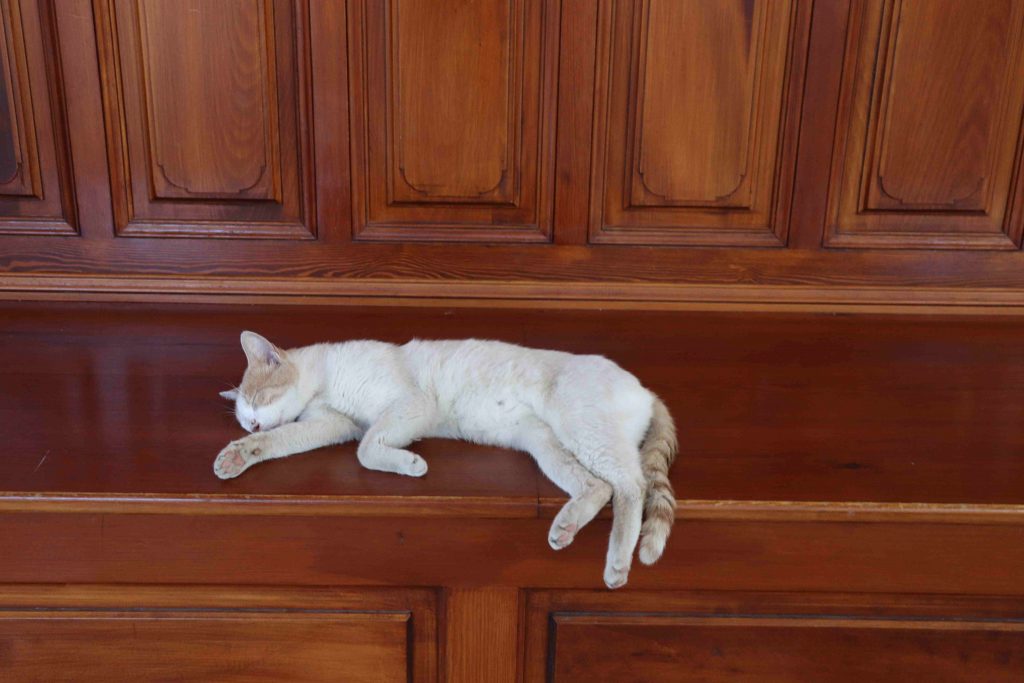
The Imam’s custody!
Topkapi
Ahmet had us in stitches with scandalous tales of the sultans, courtiers, concubines, and eunuchs who lived in the palace from the 15th to the 19th centuries. We strolled through the fancy pavilions, ogled the bling-filled treasury, and got a peek at the sprawling Harem. The palace’s collection of sultan and harem attire, fancy dining utensils, kitchen gear, and jaw-dropping jewellery could have easily been the highlight of a modern fashion show. And let’s not forget the weapons of war – those swords and clunky contraptions would’ve made for some seriously awkward battles!
The band played on!
As we were about to leave for lunch, we were suddenly serenaded by the unexpected arrival of a military band. We sat in the excellent comfort of a shady verandah at the Topkapi Palace to listen.
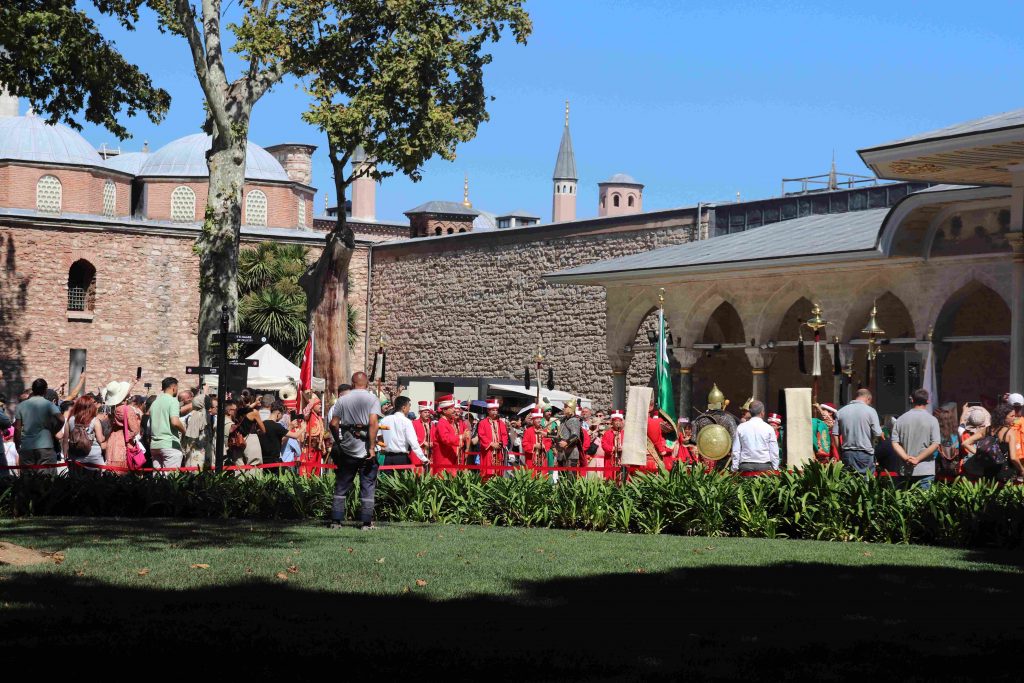
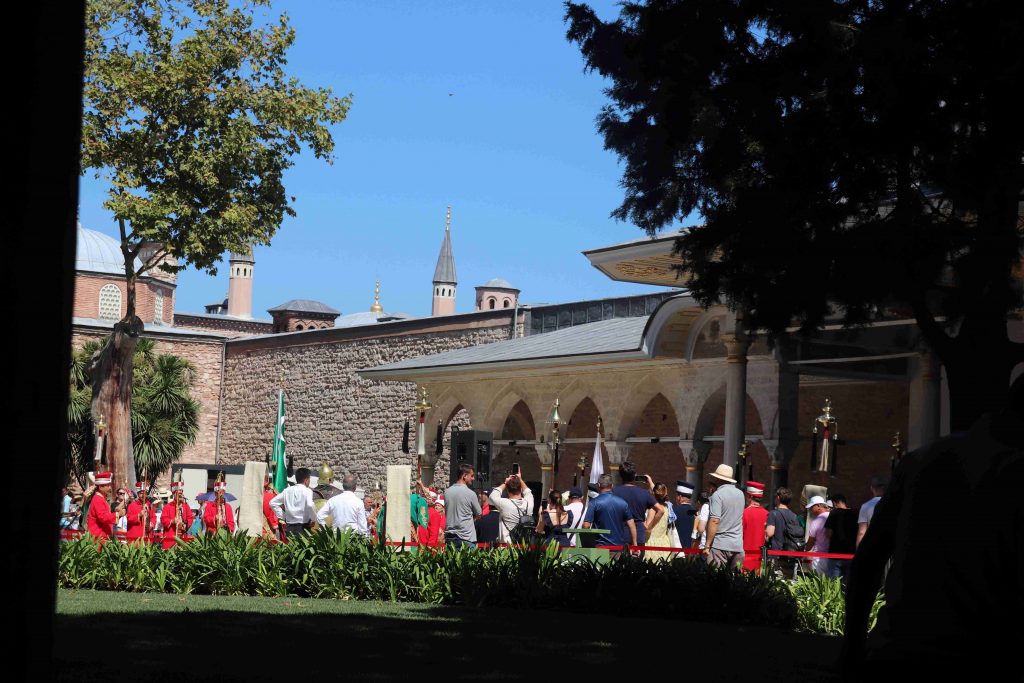
The Roman Cistern
Ahmet decided to take the group on a field trip to the Basilica Cistern, the largest ancient cistern beneath Istanbul. Legend has it that it was built by 7,000 slaves in the 6th century by the enigmatic emperor Justinian to supply water to the very dry city. As we strolled through the cistern, I couldn’t help but be grateful for the relief from the near 40-degree heat. I mean, we had ventured into the hottest Turkey in more than a century! Thank goodness for ancient engineering and shady underground adventures!
The gigantic cistern was like the ancient version of a Brita filter, supplying water to the Great Palace of Constantinople and other buildings. It even outlasted the Ottoman conquest in 1453 and kept serving water to the Topkapı Palace into modern times. Talk about a resilient water system!
This colossal cistern is the ‘mother’ of water storage – it can hold a whopping 80,000 tonnes of water! And get this: the ceiling is held up by a gang of 336 marble columns, each as tall as a 3-story building. It’s like a marble jungle in there, with 12 rows of 28 columns spaced 5 meters apart. Mind-boggling!
The existence of the cistern was eventually forgotten by all but the locals who still drew water from it until, in 1565, the French traveller Petrus Gyllius left a record of it. Gyllius recorded being rowed in between the columns and seeing fish swimming in the water beneath the boat.

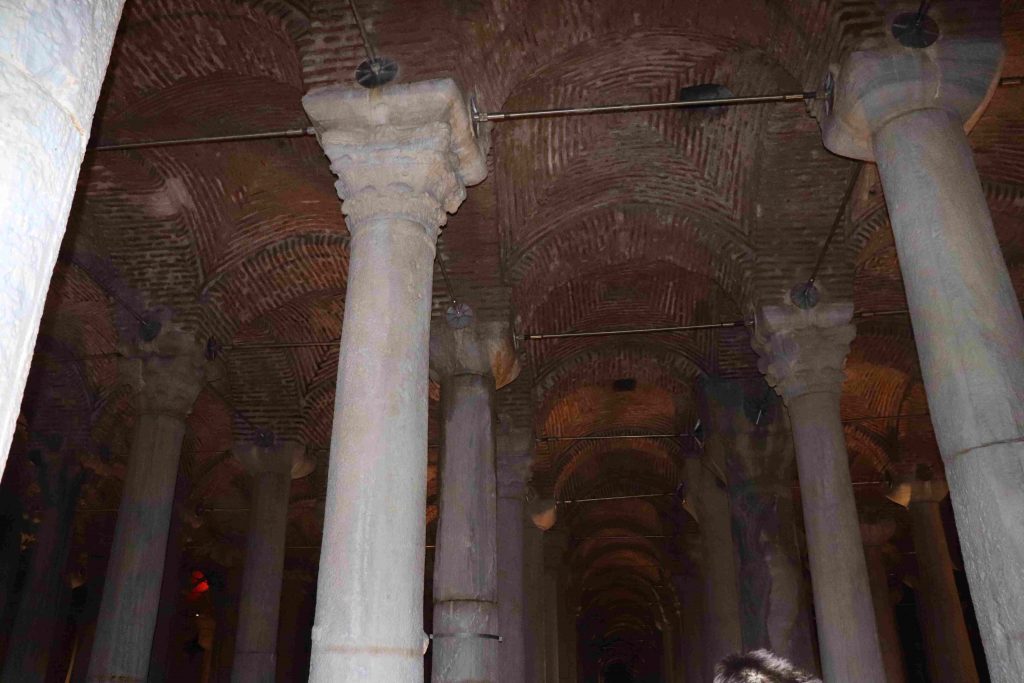
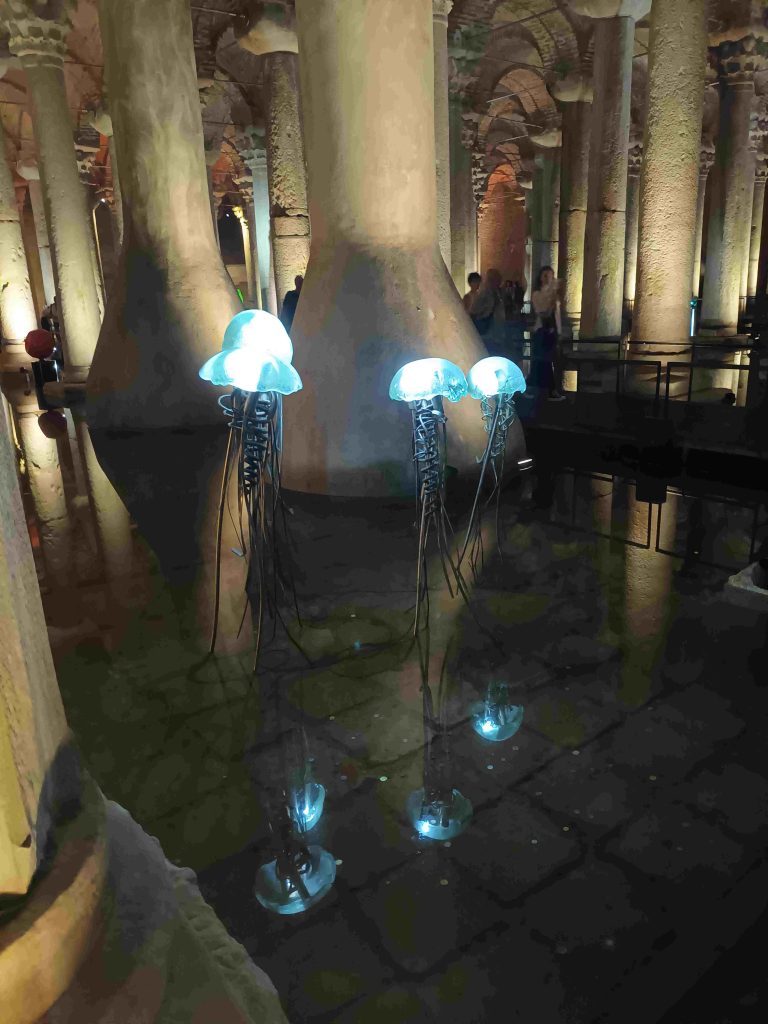
The Spice Bazaar
We ventured into the Spice Bazaar and instantly got hit by a whirlwind of aromas – cinnamon, caraway, saffron, mint, thyme, and basically every herb and spice known to humankind. It was like a spice tornado! And if that wasn’t enough, you could also shop for authentic gifts, Turkish coffee, and handicrafts. It was a sensory overload in the best possible way!

On the Bosporus
That evening, we had a memorable boat trip along the Bosporus on the way to the Black Sea. Europe was on the left, Asia on the right. We sailed under a bridge connecting the two continents. Ahmet pointed out fascinating palaces, mosques, the homes of the wealthy and academic institutions—with patriotism and pride.
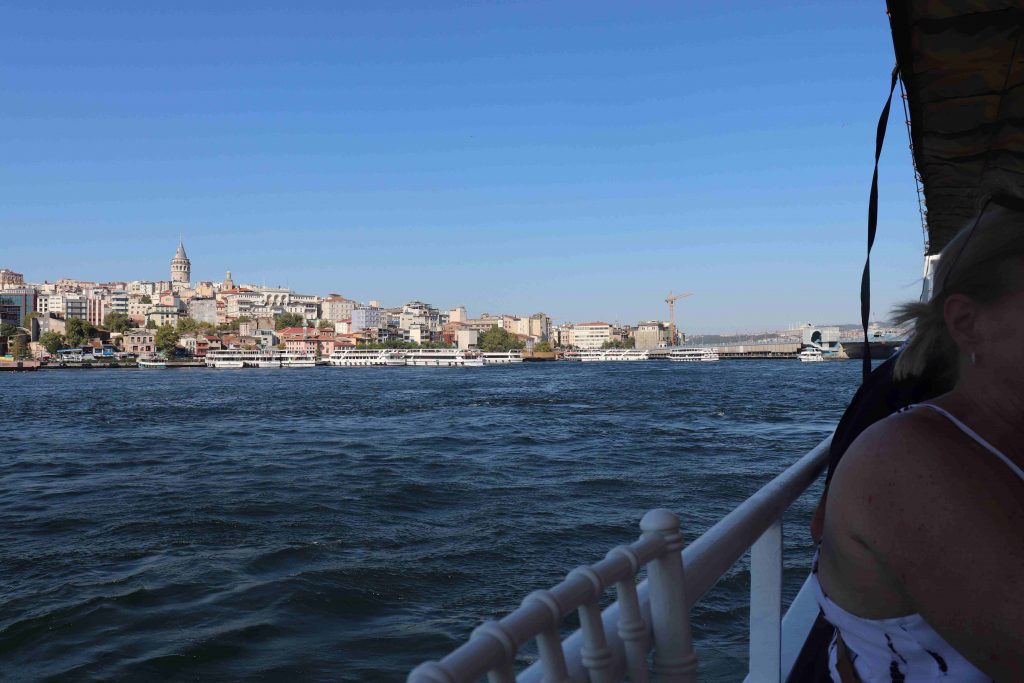
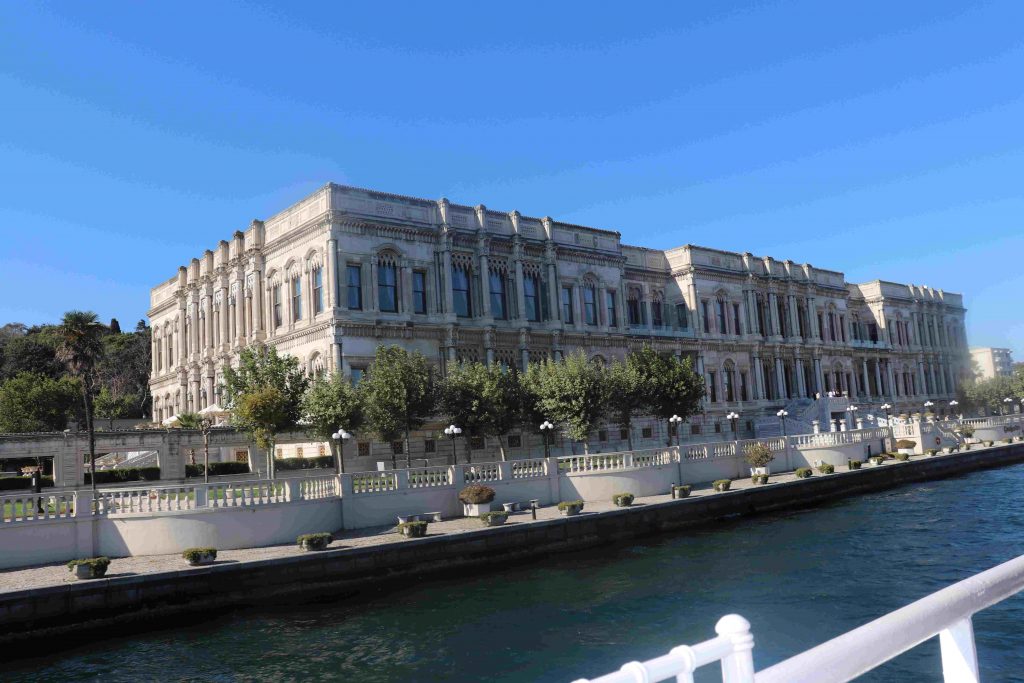

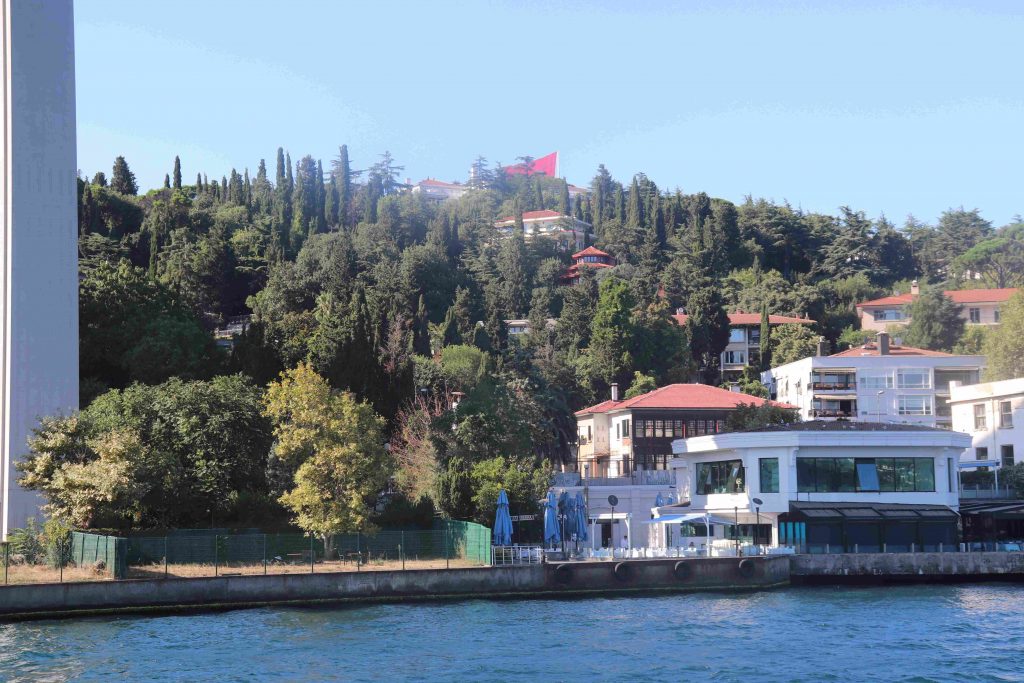
admin
Feel free to add any comments or photos!